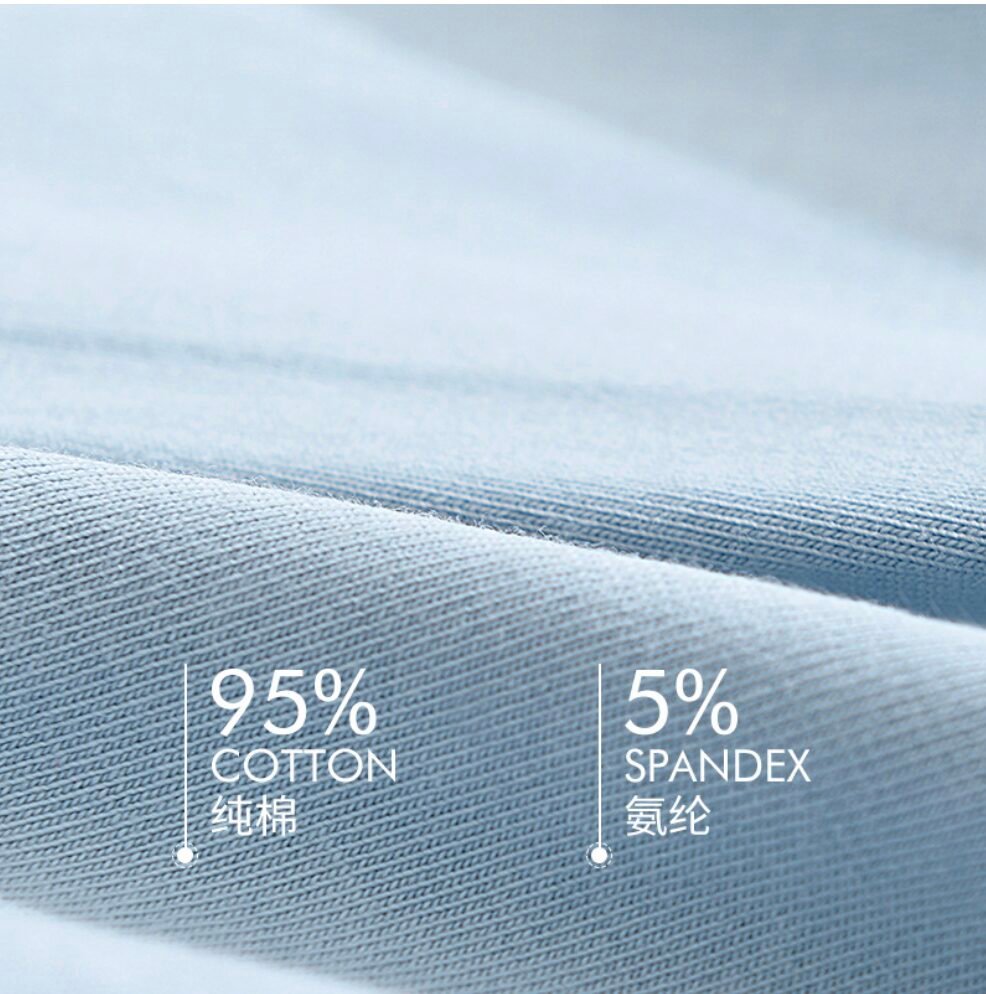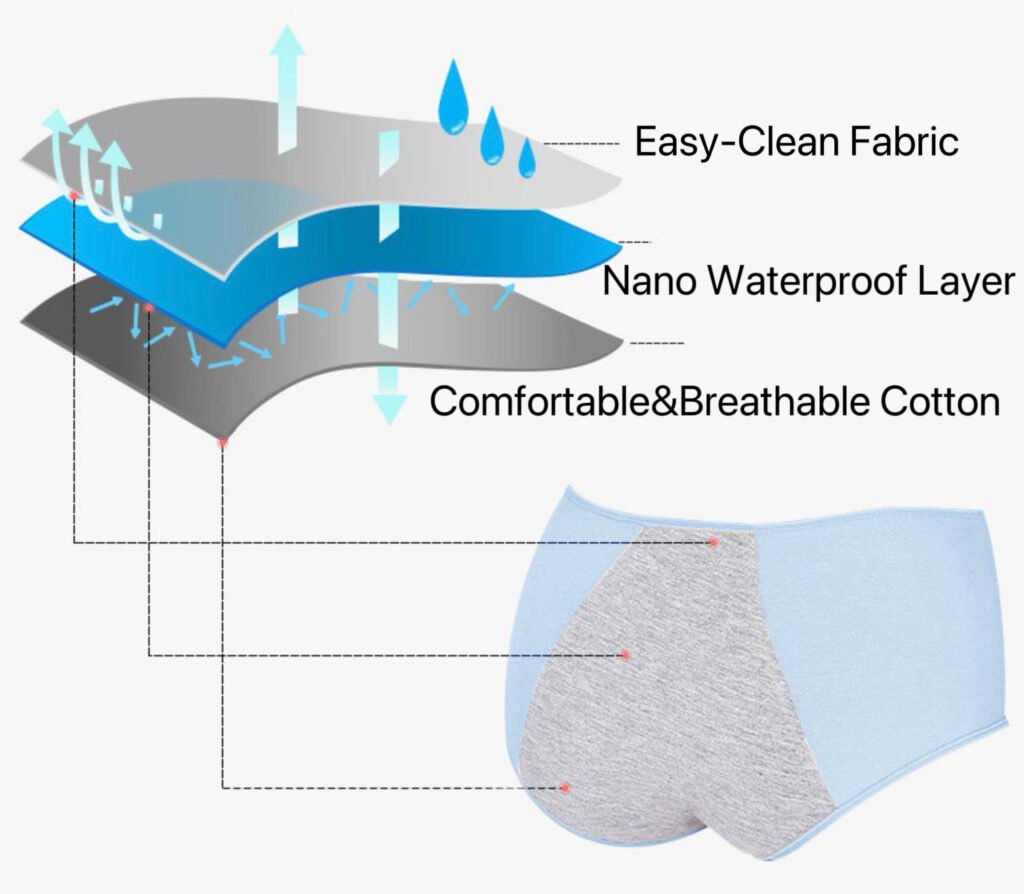As the owner of a garment factory in Guangdong supplying global brands for 15 years, I’ve witnessed a dangerous obsession: the blind pursuit of “100% cotton” as a holy grail. Today, I’ll detonate this myth with cold, hard facts. Pure cotton is not inherently superior—and often sabotages product performance. Let’s dissect why intelligent blends dominate modern textiles.
The “100% Cotton” Label: What They Don’t Tell You
International standards leave massive room for interpretation:
- FTC (USA) & ISO Rules: Allow up to 10% synthetic content (e.g., elastane or polyester) to still be labeled “Cotton” if functionally insignificant. A “95% Cotton, 5% Spandex” tee legally qualifies.
- Reality Check: That 5% spandex isn’t cheating—it’s engineering. It prevents necklines from sagging after 20 washes, something pure cotton fails at miserably.

Why Pure Cotton Stumbles in Real-World Battles
Pure cotton has three fatal flaws smart blends fix:
- The Elasticity Trap
Pure cotton stretches 2-3% before permanent deformation. Add just 2% Spandex, and recovery jumps to 98% (per ASTM D2594 tests). We use this in denim to prevent knee bagging. - The Durability Mirage
100% cotton work gloves last 3 months in automotive factories. Blending 30% polyester boosts abrasion resistance by 50% (Martindale test: 20,000 vs. 30,000 cycles), doubling lifespan. - The Moisture Misfire
Pure cotton absorbs sweat but dries slowly. A 92% cotton + 8% CoolTech polyester blend wicks moisture 70% faster (AATCC 195)—saving a sportswear client 40% in returns from sweat-stain complaints.
Case Study: How 5% Nylon Saved a Luxury Brand
A high-end lingerie brand insisted on 80s “pure cotton” for chemises. Result? Pilling after 5 gentle washes (ISO 12945-2 rating: 2/5).
Our Intervention:
- Switched to 95% Egyptian cotton + 5% nylon core-spun yarn
- Result: Pilling resistance jumped to Grade 4/5. Handfeel remained silk-like.
- Client’s net profit rose 18% from reduced returns.
When “Pure” Becomes Problematic
- Recycled Cotton’s Weakness: Pure recycled fibers shorten dramatically. Blending 20% virgin polyester restores tensile strength by 35% (ASTM D5035).
- Cost Madness: Using 100% extra-long-staple Egyptian cotton for hotel towels inflates costs 200%. A 70% Turkish cotton + 30% bamboo viscose blend delivers equal absorbency at half the price.
- Sustainability Lies: “100% organic cotton” hoodies using short-staple fibers pill in 3 months, ending in landfills. Adding 15% Tencel™ extends life to 2+ years—real sustainability.

The Golden Rule: Blend for Purpose, Not Purity
Stop treating fiber composition like religion. Ask instead:
- “Does this fabric survive my customer’s daily war?”
(e.g., kids’ knees → cotton-polyester twill) - “Will it cost less to produce without failing?”
(e.g., hotel sheets → sateen weave cotton-Tencel™) - “Can we avoid chemical finishes with smarter fibers?”
(e.g., odor control → cotton-merino blend)
Coming Next: Weave Wars – Plain vs. Twill vs. Satin
Identical yarn, wildly different fabric? In our next truth bomb:
- Why 200-thread-count sateen (缎纹) feels slicker than 500-TC plain weave (平纹)
- How twill (斜纹) hides oil stains in workwear but dies on pet claws
- When paying 30% more for satin makes sense (and when it’s robbery)
Demand the truth:
Got a fabric nightmare? Email me at carter@xiyigarments.com like: “My 100% cotton shirts wrinkle like crazy!” — I’ll reply with battle-tested solutions from our factory floor.






